
When I started working with Jenkem I strapped in to mindlessly edit “likes” and “ums” out of lengthy transcriptions, compile new ways to slander skateboarding’s best, and build out endless boxes for the newest Front Blunt hat.
While I have smiled through the majority of these tasks, the prospect of learning about neuroscience sparked my interest, and I came to learn the name Joel Pippus and Push to Heal, a project headlined by Joel that seeks to explain how skateboarding can help high needs kids.
He works at a center for childhood trauma, where they train Dr. Bruce Perry’s Neurosequential Model (NM). If I were to dumb down the model into skate terms it basically explains why you can’t backside tail a hubba before you learn how to ollie.
Joel noticed a connection between skateboarding and Dr. Perry’s model, and by introducing skateboarding to his patients he saw in real time how skateboarding can help.
According to his research, many aspects of skateboarding, like the sound of wheels on concrete, repetitively trying tricks, and even skatepark banter, can help calm the brain. This is important in a therapeutic setting, because a calm and regulated brain allows for progress to be made within areas like problem-solving, relationship building, and healing from trauma.
He is helping to scientifically prove that skateboarding can be used to aid someone through trauma and heal, something a lot of us have been unknowingly proving for a long time.

When did skateboarding become part of your job?
I kind of fell into this field. Through a series of circumstances, my girlfriend (now wife) talked to a guy who worked with really high-needs kids, thought I would like it, so I applied. It’s called Hull Services and it has this awesome campus of care for children where all the therapeutic-based programs reside.
The campus had an old hockey rink on it. Somebody I was working with said to me “Did you see they’re building a skatepark in the old hockey rink?” and I was like “They’re not doing that, people don’t spend money on skateboarding, especially not nonprofits.” I drove over after work and saw we were getting this park built.
So your company turned a hockey rink into a skatepark?
Yeah, it’s called the Matt Banister Memorial Skatepark. It was built as a memorial to a young man who tragically passed away from an overdose but for whom skateboarding had been a healthy thing in his life. His folks had a strong connection to Hull and they built this incredible park on our campus. Honestly, I thought it would be good for the kids I was working with but also somewhat selfishly I found myself with the keys to a private skatepark.
Right away, I noticed that there seemed to be a correlation between time spent at the skatepark and progress made in treatment goals within the programs. Kids who were kind of enemies and had trouble getting along in the programs seemed to be able to build strong relationships in the context of skateboarding and being at the skatepark. Things like that were standing out so obviously, I thought there must be a reason. I started asking around our campus and eventually ended up in someone’s office.
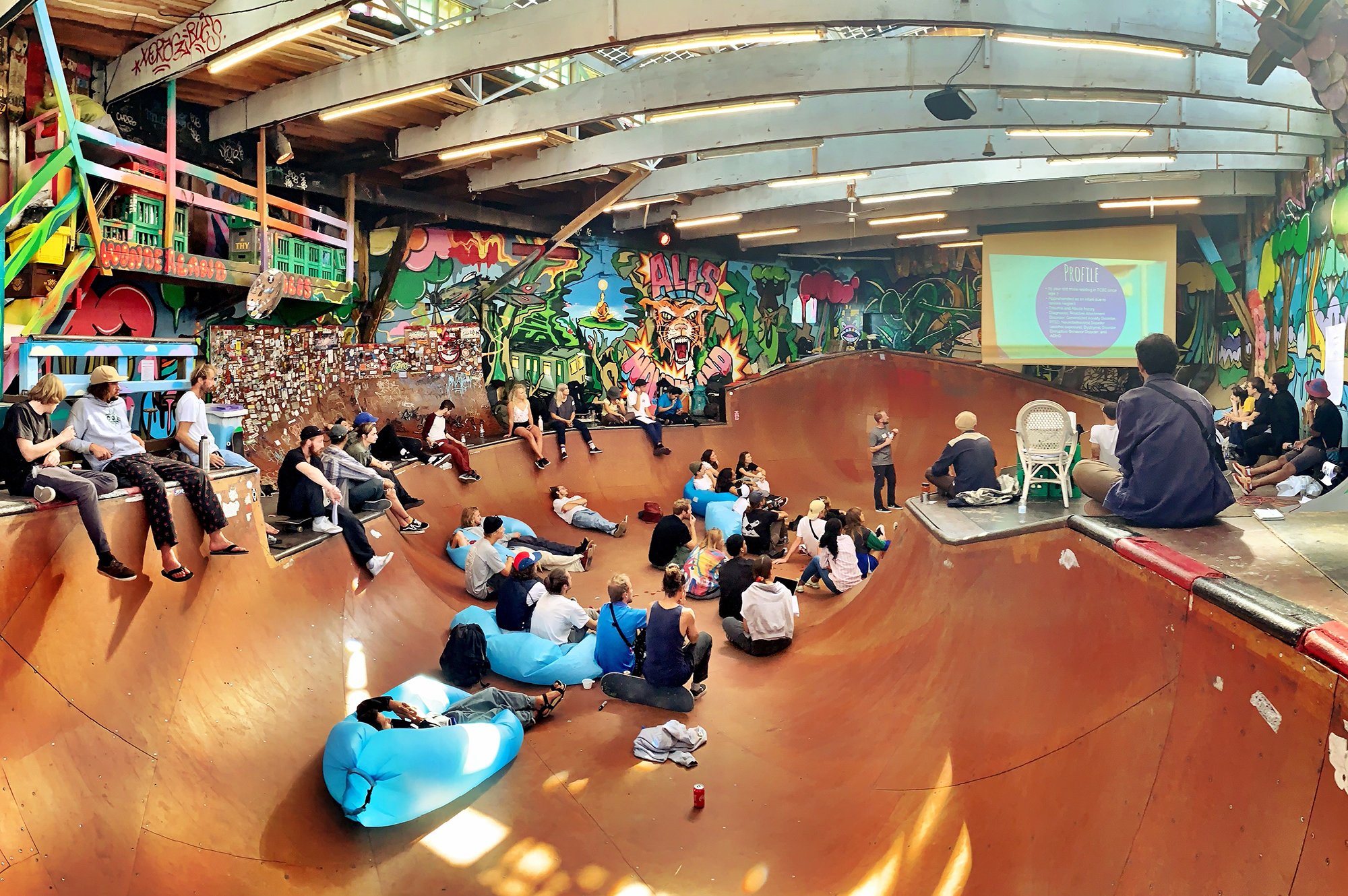
And that was when you learned about the Neurosequential Model?
When I was chatting with a co-worker about what I was seeing she kinda said “Well it sounds like it’s because skating fits really perfectly with this neuroscience lens that we’re using.” It’s broken up into these domains of the brain and skateboarding hits them all and that’s where we thought maybe we were on to something with what was going on using skateboarding in that context.
So you made a film about your findings?
Yeah, that was the catalyst to make the first film. We figured out this information, we had some expertise in it, and we could package it in a way that could be useful for the social skate projects that are popping up everywhere.
“The common thread for the kids that we support is that they have often experienced a lot of trauma, and have been marginalized in a bunch of ways…”
Tell me about the kids you work with. Who benefits from this program?
Hull has a huge spectrum of programs. We have more intensive programs for higher needs kids where they can live for a period of time and are staffed 24 hours to give a little more intensive support. There are secure and voluntary detox programs, programs for kids who have been sexually exploited, programs for special needs youth with developmental, emotional, and behavioral problems, and others like that. The common thread for the kids that we support is that they have often experienced a lot of trauma, and have been marginalized in a bunch of ways, and behaviorally there are some significant concerns.
Is there anything you have learned from teaching them?
They have taught me so much. I think one of the things I have learned is that what you see or hear shouldn’t always be taken at face value. A lot of the time there’s stuff going on for them developmentally or it’s symptoms of the trauma they’ve experienced. They are trying to meet their needs with the tools they have and while things might come across in one way or another it’s really an honest attempt to meet their needs. Maybe something that seems quite aggressive is actually them saying I’m not in control of myself, I need someone to help me regulate my emotions. The lens we use comes from the work of Dr. Perry. It’s called present, attuned, attentive, and responsive. We’re not waiting for our chance to speak, we’re not distracted, and we’re there in the moment trying to be attentive to what the actual need is that’s beneath the behavior or what’s being said. We are attuned to that and responsive to what that actual need is versus what our assumption of it would be.
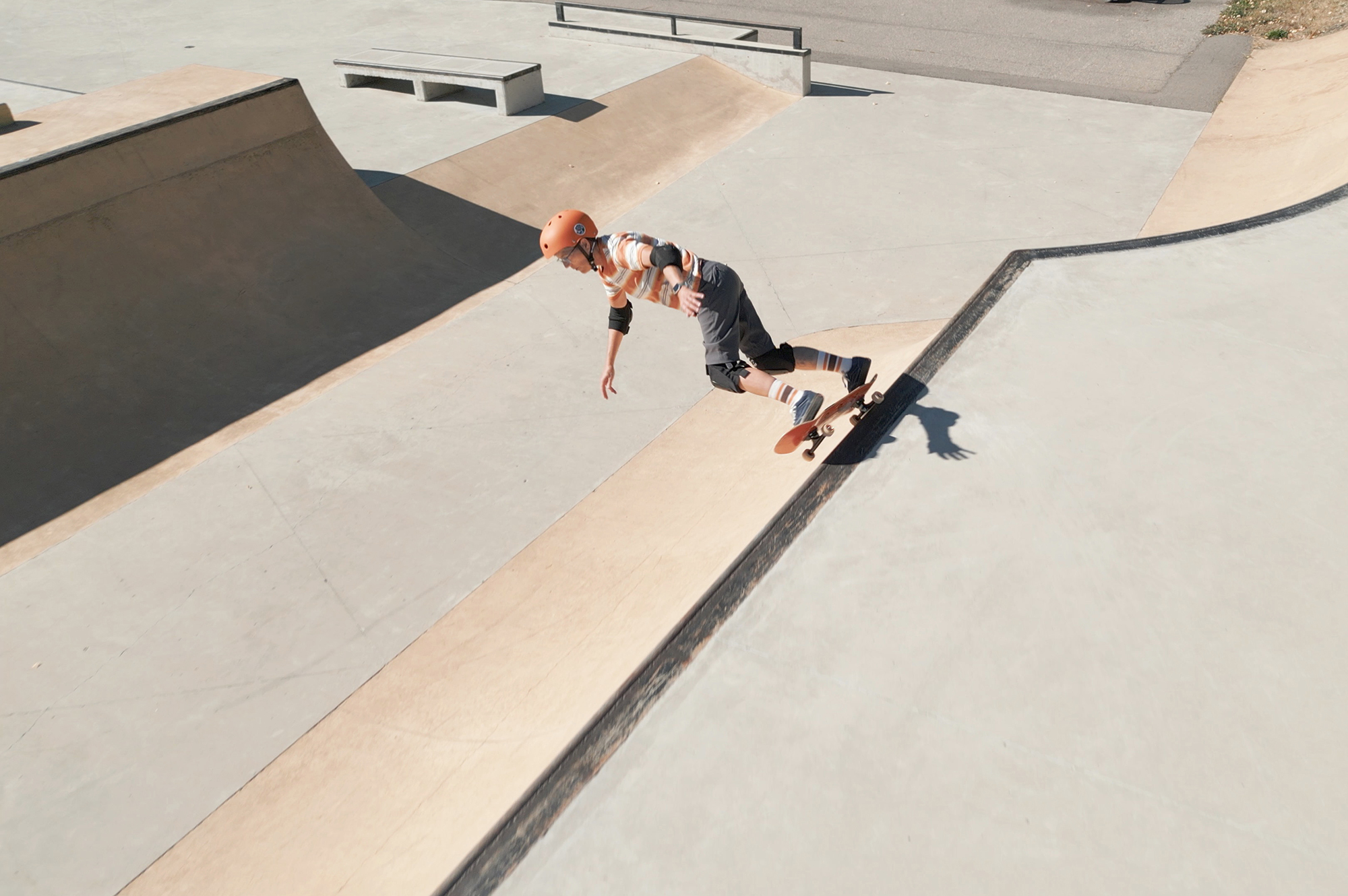
What benefits does skating bring while interacting with the kids?
It’s less intense and intimidating a lot of the time, you know. We’re not sitting face-to-face having a conversation and making all this eye contact. We can be standing side-by-side skating the same feature together or at different points in the park, so we’re in the same environment but not interacting. If you and I are skating an obstacle together and stopping to chat in the middle and the relationship is feeling too intense you can just roll away. It was your turn and you have the control to just leave the conversation in a socially acceptable way. Normally people don’t just walk out of conversations they don’t want to be in but at a skatepark, you can and it’s a totally okay, normal thing to do. I think it provides a lot of control for them and giving them that control hopefully helps them to trust.
Speaking of skatepark interactions, will learning not to snake another skateboarder at the skatepark correspond to social skills outside the skatepark?
What I think is interesting about skatepark etiquette is that social skills are kind of built-in and they regulate themselves a bit on their own, like if you don’t take turns you will crash into each other. There is a consequence to not taking turns without anybody having to necessarily tell you. You can start to figure that out on your own a little bit. Empathy is developed because whether you are a part of the immediate interaction or even know somebody that has a big slam your face reacts or you’re like “ooooh”, which is an empathetic response.
So when you hear cheers or an “oof” at the skatepark it’s a good sign?
Totally. Absolutely
Overcoming fear is a huge part of skating. Does overcoming the fear of dropping in translate to dealing with fear outside of skating?
For a lot of the kids that we work with, the world has been a scarier place than it has been for a lot of people. It has been hard, it has been dangerous, and it has caused them to be hurt. Dr. Perry would talk about it in the context of stress, or the pattern of stress. People who are experiencing extreme, prolonged, and uncontrollable stress leads to a sensitized stress response and general vulnerability. Stress that is predictable, moderate, and controllable leads to a higher tolerance or resilience.
For example, when we do the teaching we say “listen, skateboarding is hard, you are going to fall, and it’s going to be frustrating.” That’s the predictable component of it. I’m not going to ask you to do anything or suggest you do anything that is way beyond the scope of something you should try. That’s the moderate dose of stress and the controllable component.
Really we are focused on providing doses of stress that lead to resilience versus supporting what their experience has often been, which is a pattern of stress that has led to vulnerability. The reality is that stress has become kind of a bad word but no change or growth happens without stress. That’s how everything works.
“The reality is that stress has become kind of a bad word but no change or growth happens without stress. That’s how everything works.”
So you found that skateboarding is a perfect way for children to experience healthy stress that is easily resolvable?
Yeah, sorry, back to skateboarding [laughs].
I would say you know, for example, I was working with this kid and he was trying to do this trick. He tried the same trick probably 40 or 50 times, eventually landed it, and was so pumped. He and I talked for a while afterward about how likely he would continue going in other activities if you had failed 49 times before you found success and his answer was the likelihood would not be high. He experienced the land, we all know what that feels like, and then if you think about it he had 50 doses of a pattern of stress that helped him to become more resilient. Whether he landed it or not he had all those doses of that pattern of stress which is all helping his stress response system. So yeah, I think skateboarding is just constant doses of something that hopefully leads to people being more resilient human beings.
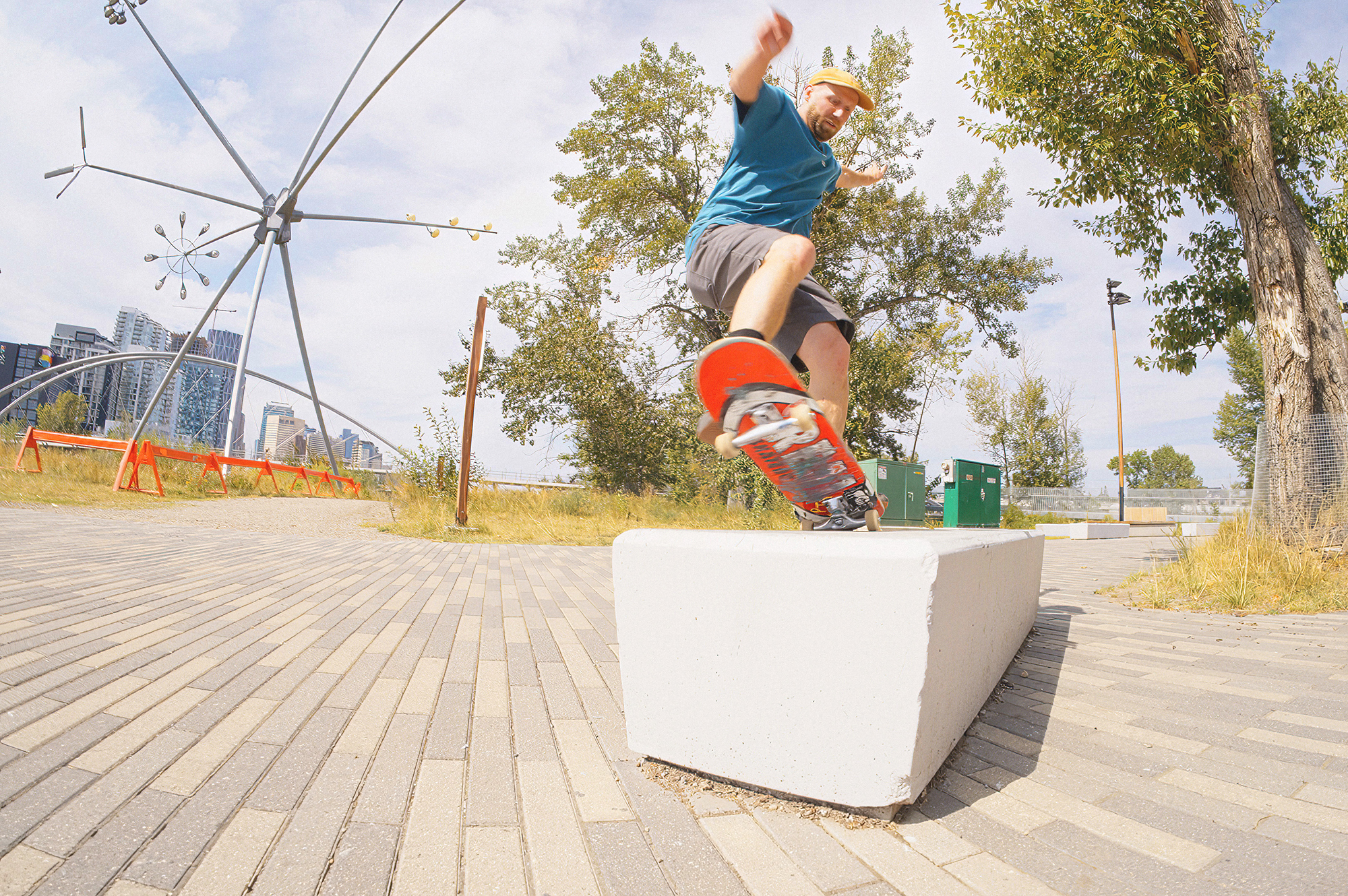
Have you seen your students continue skateboarding after taking part in your program?
Yes. Some stick to it a lot more than others. I’d love kids who are moving on from us or moving back home to be able to have skateboarding as an outlet that is providing these doses of regulation for them. I truly believe that skateboarding in the community, in education, in mental health settings, or wherever has so much to offer and one of the beauties of it is it can be generalized to all of these settings.
If you could have any skateboarder involved in helping teach a class who would it be?
That’s a tough one, but I will say, Ray Barbee. He’s a legend and a skate hero of mine but always seems so positive and happy. Those traits are critical when working with the kids in our programs. The opportunity to build in photography and music rounds out other creative and regulating ways to engage kids.
“I truly believe that skateboarding in the community, in education, in mental health settings, or wherever has so much to offer…”
After all this time helping kids through skateboarding do you still find a benefit in it?
For sure. I have four kids and I’m working, so the benefit of having skateboarding be a part of my job is that I get to skate a bit more, and on days I can get away for a session with my friends or when I got to skate more with the kids I just feel different when I am done than my other work days. I feel a little more refueled.
It also helps me to have the energy to try and be creative with the work we are doing and it stimulates my imagination in terms of how we can navigate things that are coming up with the project or other ways we can engage kids that are having trouble engaging. More globally I just feel calmer and better when I’ve skated. It’s a thing that has become a bit of a fixture in my life so when I get to do it more, regardless of the outcome of the session, regardless of if I slam or get new tricks, I just feel better.
Related Posts
Comments
Popular
-
 RECONTEXTUALIZING ZAK ANDERS, ONE OF TODAY’S MOST MYSTIFYING SKATERS
RECONTEXTUALIZING ZAK ANDERS, ONE OF TODAY’S MOST MYSTIFYING SKATERS
"I don’t want to be this brutal punk that hates everything that people like, and I’m trying really hard to undo that."
-
 RARELY SEEN PHOTOS FROM READ AND DESTROY, THE BELOVED BRITISH SKATE MAG
RARELY SEEN PHOTOS FROM READ AND DESTROY, THE BELOVED BRITISH SKATE MAG
Check out early documentation of London's Southbank, vert ramps tucked into Lord of the Rings-level forests, and everything in between.
-
 NAVIGATING SKATING’S HIGHS AND LOWS WITH MATT MILITANO
NAVIGATING SKATING’S HIGHS AND LOWS WITH MATT MILITANO
Over coffee and cigarettes Matt talks prank shows, ABDs and his love for the VX.
-
 A CHAT WITH LUDVIG HAKANSSON, THE OLDEST SOUL IN SKATEBOARDING
A CHAT WITH LUDVIG HAKANSSON, THE OLDEST SOUL IN SKATEBOARDING
The man loves to read Nietzche, skates in some expensive vintage gear, and paints in his own neoclassical-meets-abstract-expressionist style.
-
 MEET THE SEATTLE ARTIST WHO DESIGNED A BACON ’N EGGS INSPIRED SKATEPARK
MEET THE SEATTLE ARTIST WHO DESIGNED A BACON ’N EGGS INSPIRED SKATEPARK
Breakfast-obsessed skaters rejoice!

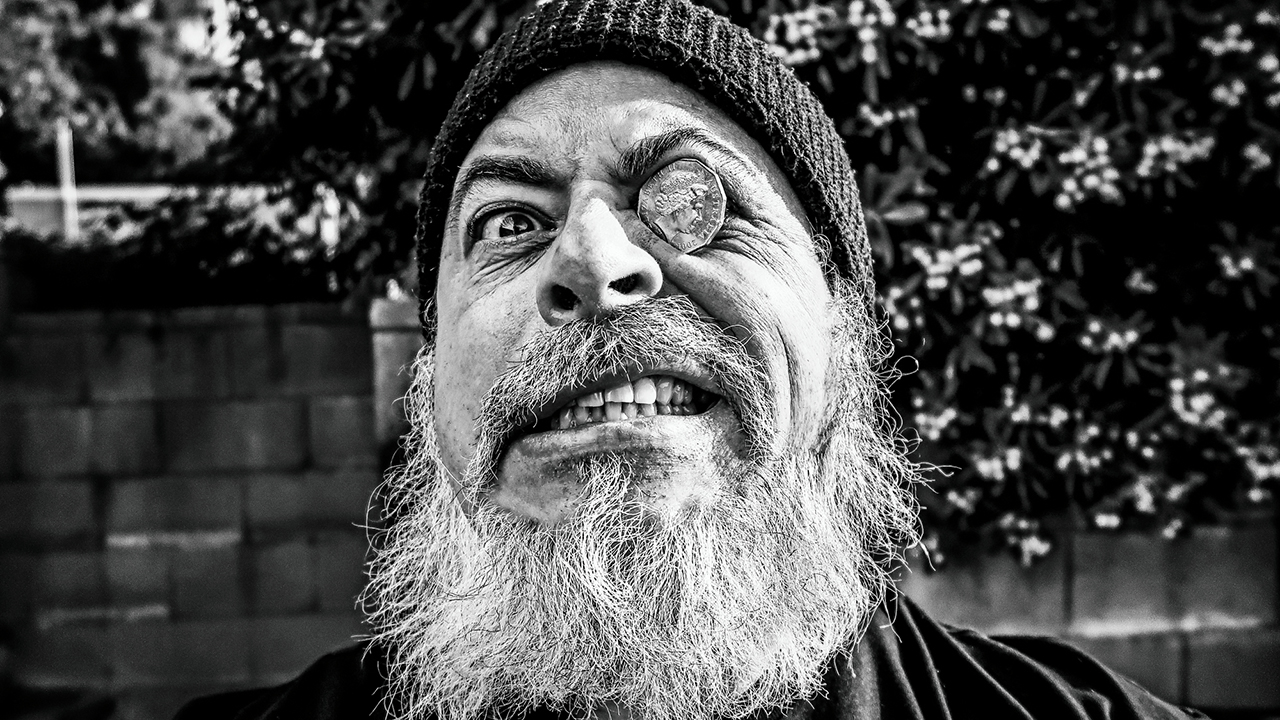
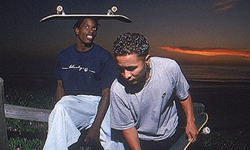
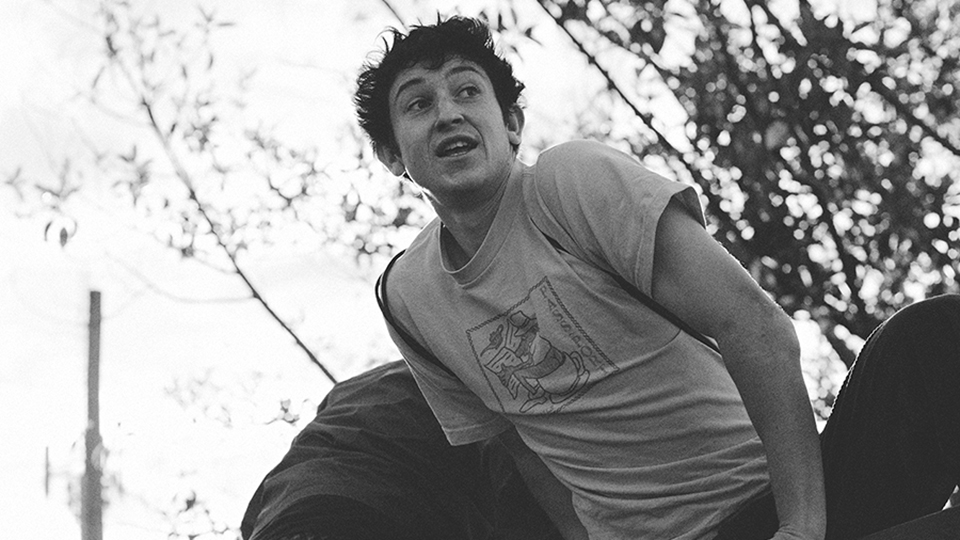
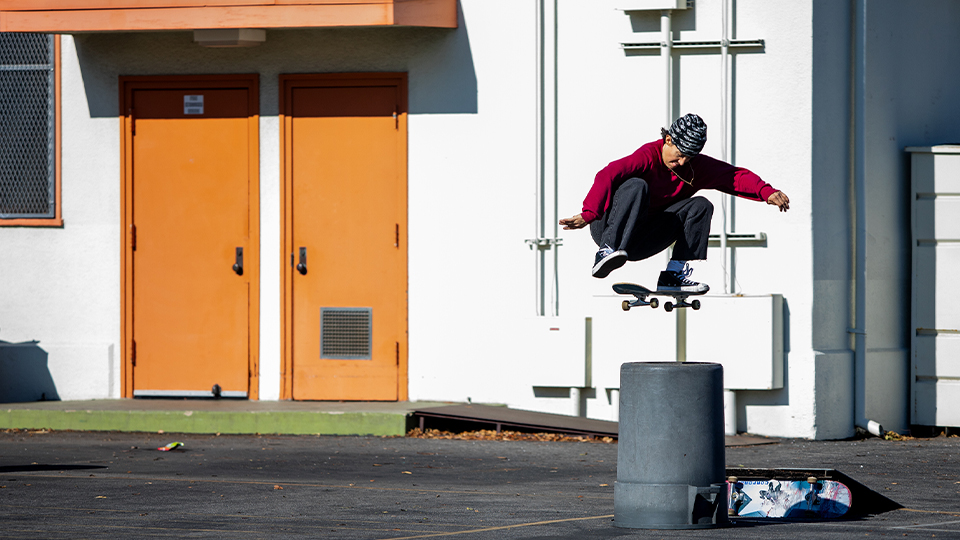

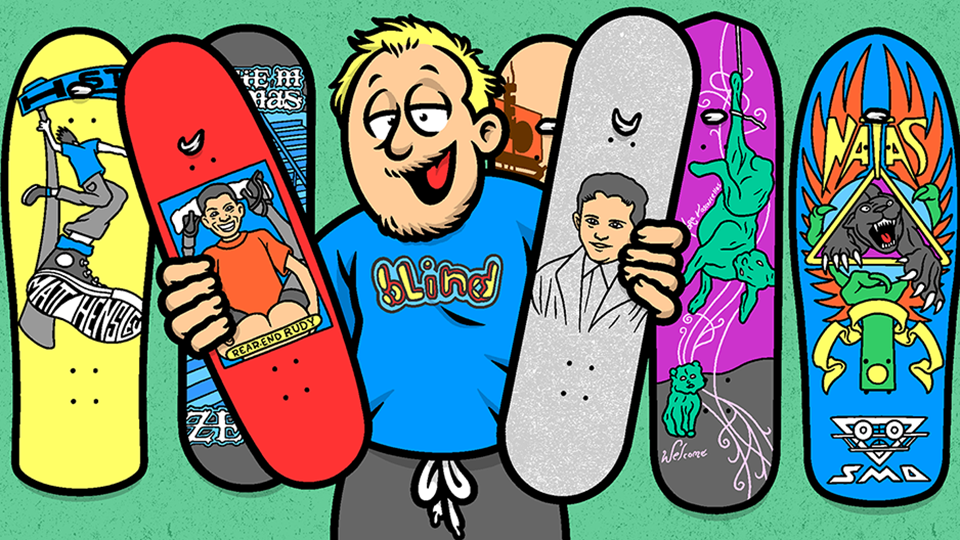

May 6, 2023 4:57 pm
Absolutely amazing and uplifting.
May 21, 2023 5:21 am
Great article Jenkem. Such a positive thing to read – and know people out there doing so much to help.
May 21, 2023 6:33 am
My stock struts are starting to sag on the driver’s side, so it’s about time i do this as well. I’m certain I could fix the struts with a new brace but fuck that. car is @ almost 90k KM but I put her through her paces so it’s not terribly surprising that the suspension is having a bit of a hard time. Work is piling up on the car though, things that need or will need to be done before 100k: Clutch Kit, All 4 brakes, rotors+pads, suspension, also needs new tires.
follow me on instagram @qamaristarks